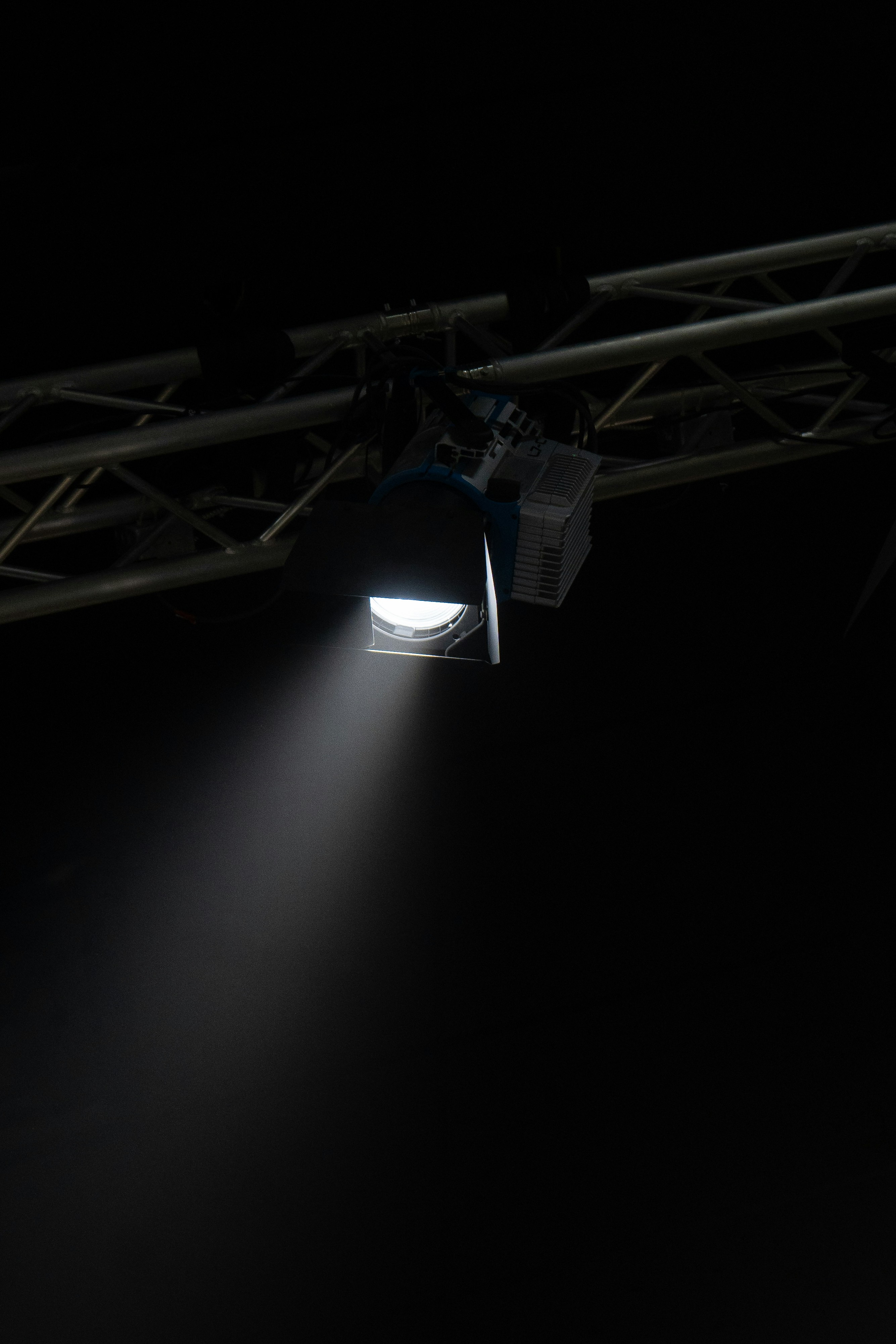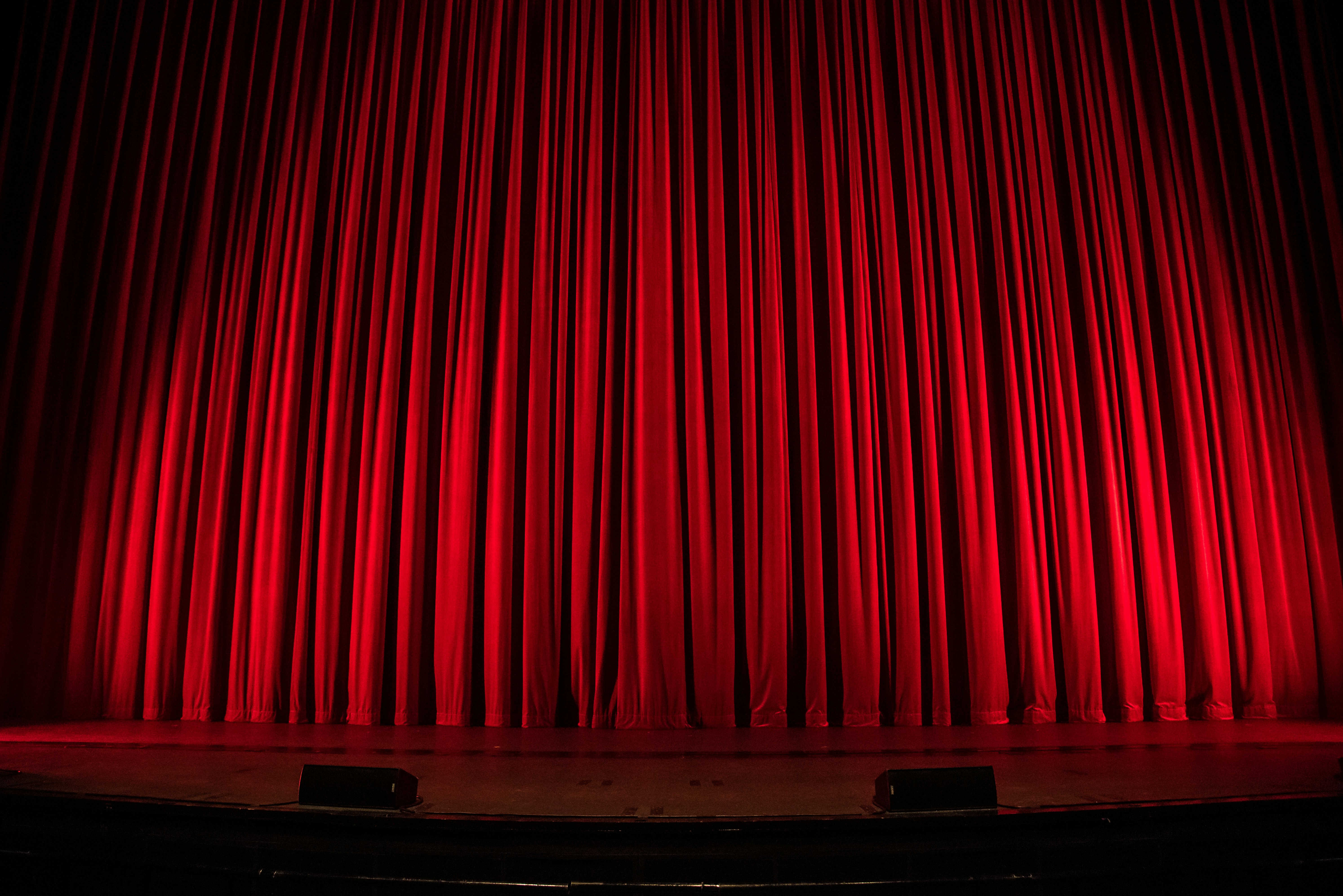Klieg Light
Definition:
A "Klieg Light" is a type of powerful spotlight used in stage and film productions. Known for its intense brightness and focus, it is commonly used to illuminate large areas or highlight specific subjects.
Detailed Explanation:
Klieg lights, named after the Kliegl brothers who were early developers of this technology, are high-intensity spotlights originally used in the early days of film and theatre. These lights are characterized by their powerful beams, which can produce a high level of illumination over significant distances. Klieg lights are typically used to create strong, focused lighting effects, making them ideal for highlighting actors, sets, or specific areas of a stage or film set.
The intense brightness of Klieg lights can create dramatic contrasts and deep shadows, adding a cinematic quality to both live and recorded performances. While modern lighting technology has introduced many new types of spotlights, Klieg lights remain iconic in the industry for their historical significance and unique lighting capabilities.
Key Elements of Klieg Lights:
High Intensity:
Klieg lights produce extremely bright and powerful beams, capable of illuminating large areas or creating sharp focus on specific subjects.
Adjustable Focus:
The focus of a Klieg light can be adjusted to produce either a wide floodlight effect or a narrow spotlight, providing versatility in lighting design.
Heat Generation:
Due to their high power, Klieg lights generate a significant amount of heat, requiring careful handling and appropriate cooling mechanisms.
Advantages of Klieg Lights:
Brightness:
The intense brightness of Klieg lights allows for clear and dramatic illumination, essential for both stage and film productions.
Focus:
Klieg lights can create precise and focused beams, making them ideal for spotlighting actors or specific set elements.
Versatility:
Their adjustable focus and high intensity make Klieg lights versatile tools in lighting design, capable of producing a range of effects.
Challenges of Using Klieg Lights:
Heat Management:
The significant heat generated by Klieg lights requires careful management to ensure safety and prevent damage to equipment and sets.
Energy Consumption:
Klieg lights consume a large amount of energy, which can be a consideration for both budget and environmental impact.
Glare:
The powerful beams can cause glare and discomfort if not properly directed, requiring precise positioning and control.
Uses in Performance:
Stage Productions:
Klieg lights are used to create strong, focused lighting effects on stage, enhancing visibility and drama.
Film and Television:
In film and TV, Klieg lights are used to illuminate scenes, create depth, and highlight key subjects or areas.
Events and Concerts:
They are also used in live events and concerts to produce dramatic lighting effects and highlight performers.
Design Considerations:
When using Klieg lights, several factors must be considered to ensure effective and safe operation:
Heat Management:
Implement cooling systems and safety protocols to manage the heat generated by the lights.
Positioning:
Carefully position Klieg lights to avoid glare and ensure optimal illumination of the desired areas.
Energy Use:
Plan for the high energy consumption of Klieg lights, considering both budget and environmental impact.
Conclusion:
Klieg lights are powerful and iconic spotlights used in stage and film productions for their intense brightness and focus. They provide essential illumination and dramatic lighting effects, enhancing the visual impact of performances and scenes. Despite challenges related to heat management, energy consumption, and glare, the advantages of brightness, focus, and versatility make Klieg lights a valuable tool in lighting design. With careful planning, proper positioning, and effective heat management, Klieg lights can significantly elevate the quality and visual appeal of any production.


